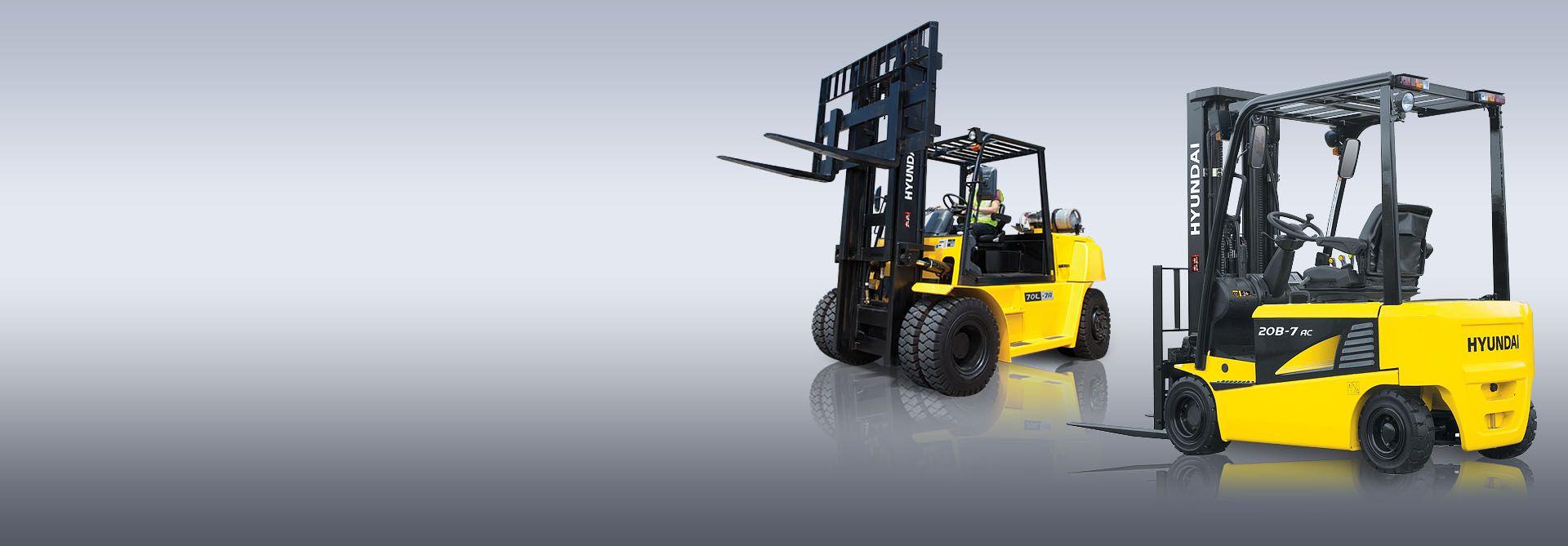The Forklift Manufacturing Process: What to Expect
The Forklift Manufacturing Process: What to Expect
Blog Article

In the ever-evolving landscape of industrial machinery, the forklift stands out as a vital component for businesses aiming to enhance productivity and efficiency. Understanding the manufacturing process of these powerful machines is crucial for anyone involved in the logistics and warehousing sectors. From the initial design phase to the final assembly, each step in the forklift manufacturing process is meticulously executed to ensure safety, performance, and durability.
A forklift manufacturer plays a pivotal role in this intricate process, harnessing advanced technology and engineering expertise to meet diverse industry needs. This article will guide you through what to expect in the fabrication and assembly of forklifts, shedding light on the innovations that drive this industry forward. By exploring the key stages of production, we aim to provide insight into how forklifts are crafted to serve their essential role in the workplace.
Materials and Components Overview
The manufacturing of forklifts begins with the selection of high-quality materials that ensure durability and performance. Steel is the primary material used for the frame, mast, and other structural components due to its strength and resilience. Manufacturers often choose high-grade steel to withstand heavy loads and provide stability during operation. Additionally, aluminum may be utilized in certain parts to reduce weight while maintaining strength, especially in more advanced forklift models designed for specific applications.
In addition to the frame materials, various components are crucial for the operational efficiency of a forklift. The powertrain, which includes the engine or electric motor, plays a vital role in delivering the necessary power for lifting and moving loads. Manufacturers typically use either internal combustion engines or electric drive systems, each engineered to suit particular use cases. Hydraulic systems are essential as well, responsible for lifting and lowering the load. High-quality hydraulic fluid and components are employed to ensure smooth operation and reliability.
Other components, such as wheels, tires, and forks, are equally important in the forklift manufacturing process. The choice of tire material and design impacts traction and stability, particularly in different working environments, whether indoors or outdoors. Forks are made from steel and carefully designed to handle various load types. Manufacturers prioritize the compatibility of these components to ensure optimal performance and safety, taking into account the intended use of the forklift in warehouses, construction sites, or other industrial settings.
Assembly Procedures
The assembly procedures in a forklift manufacturing facility are critical to ensuring that each unit is built to perfection. Initially, major components such as the chassis, engine, and transmission arrive at the assembly line, where they undergo a systematic integration process. Skilled workers follow precise guidelines to ensure that all parts fit correctly and function as intended. Quality control checks are performed at this stage to catch any potential issues early on, ensuring that the assembly line runs smoothly and efficiently.
Once the main components are assembled, the next phase involves attaching additional systems such as the hydraulic system, electrical wiring, and safety features. This stage requires a careful approach to ensure that everything is connected securely and operates reliably. Technicians meticulously check each system for proper installation, which is crucial for the forklift's performance and safety. This attention to detail during assembly helps minimize future repairs and enhances the longevity of the forklifts produced.
Finally, after the main assembly is complete, the forklifts undergo testing and quality assurance. Each unit is subjected to performance tests that simulate real-world conditions, allowing manufacturers to identify any functional discrepancies. After passing these tests, the forklifts receive final inspections for cosmetic and structural integrity before they are packaged and prepared for shipping. This thorough assembly and testing process is what sets a reputable forklift manufacturer apart from the competition, ensuring that their products meet industry standards and customer expectations.
Quality Control Measures
Quality control is a critical component in the forklift manufacturing process. Manufacturers implement rigorous testing protocols to ensure each forklift meets safety and performance standards. From the initial design phase to the final assembly, quality assurance teams meticulously inspect materials and components, conducting tests on strength, durability, and functionality. This systematic approach helps identify potential issues early, preventing defective products from reaching the market.
Electric Forklift
In addition to component testing, manufacturers often rely on advanced technology to enhance quality control. Utilizing automated systems and precision machinery allows for greater accuracy in production, significantly reducing human error. Each forklift undergoes a series of evaluations, including stress tests and operational assessments, to validate that it performs as intended. Monitoring systems track every aspect of the manufacturing process, ensuring consistency and adherence to specifications.
Finally, a comprehensive quality control program involves regular audits and assessments of manufacturing practices. Forklift manufacturers may seek certifications from recognized industry standards, which demonstrate their commitment to excellence. Continuous improvement initiatives encourage feedback from employees and customers alike, fostering an environment where quality is prioritized. This focus on quality not only enhances product reliability but also builds trust with clients who depend on safe and effective forklifts for their operations.
Report this page